Fatlips Castle
Tower In Jedburgh, Borders
A beautiful pele tower perched on Minto Crags peaking out of the trees.
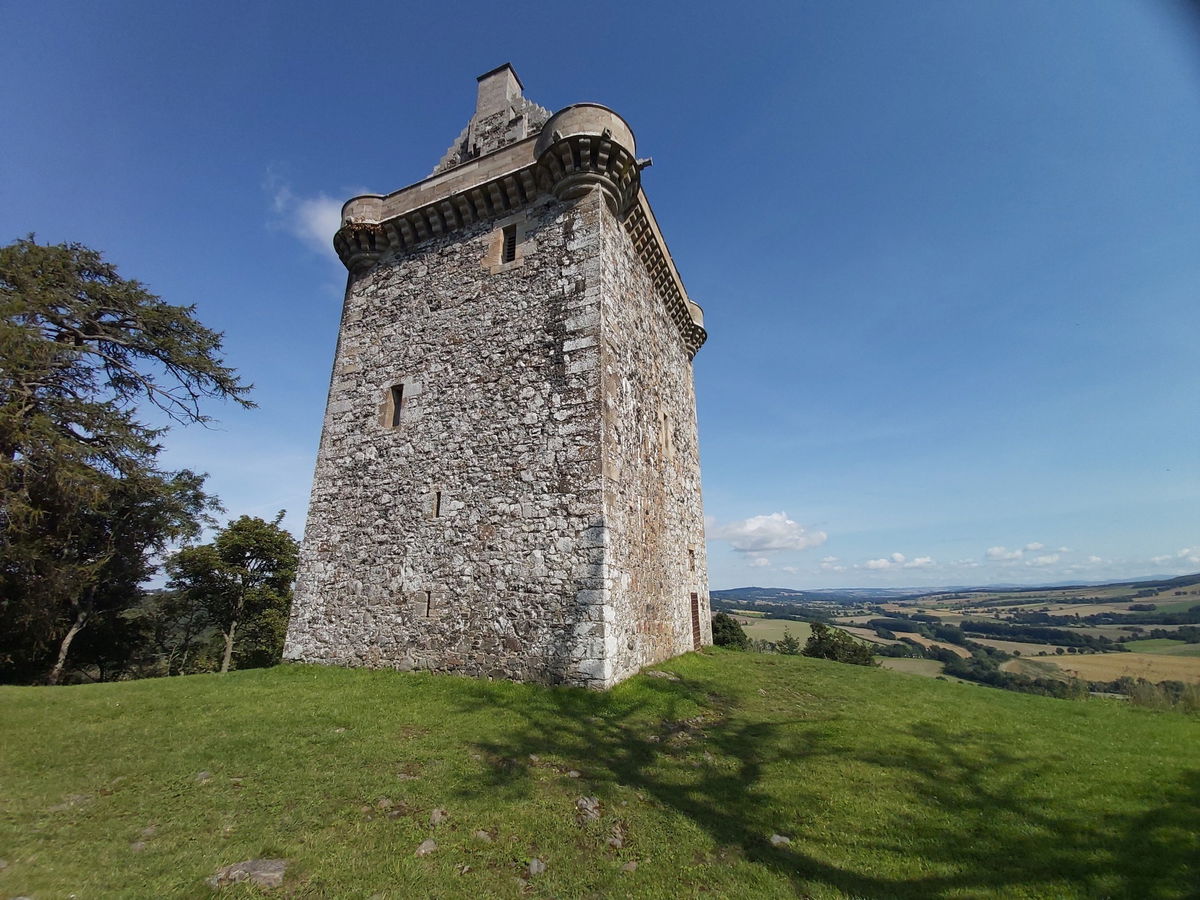
For those who know me, I love a pele tower up a hill, so the first thing I do when visiting an area is to have a bit of a Google to see what is nearby. On our trip to the borders, there were obviously a few, due to the border reivers, but then a tower with the most amazing name popped up - Fatlips Castle.
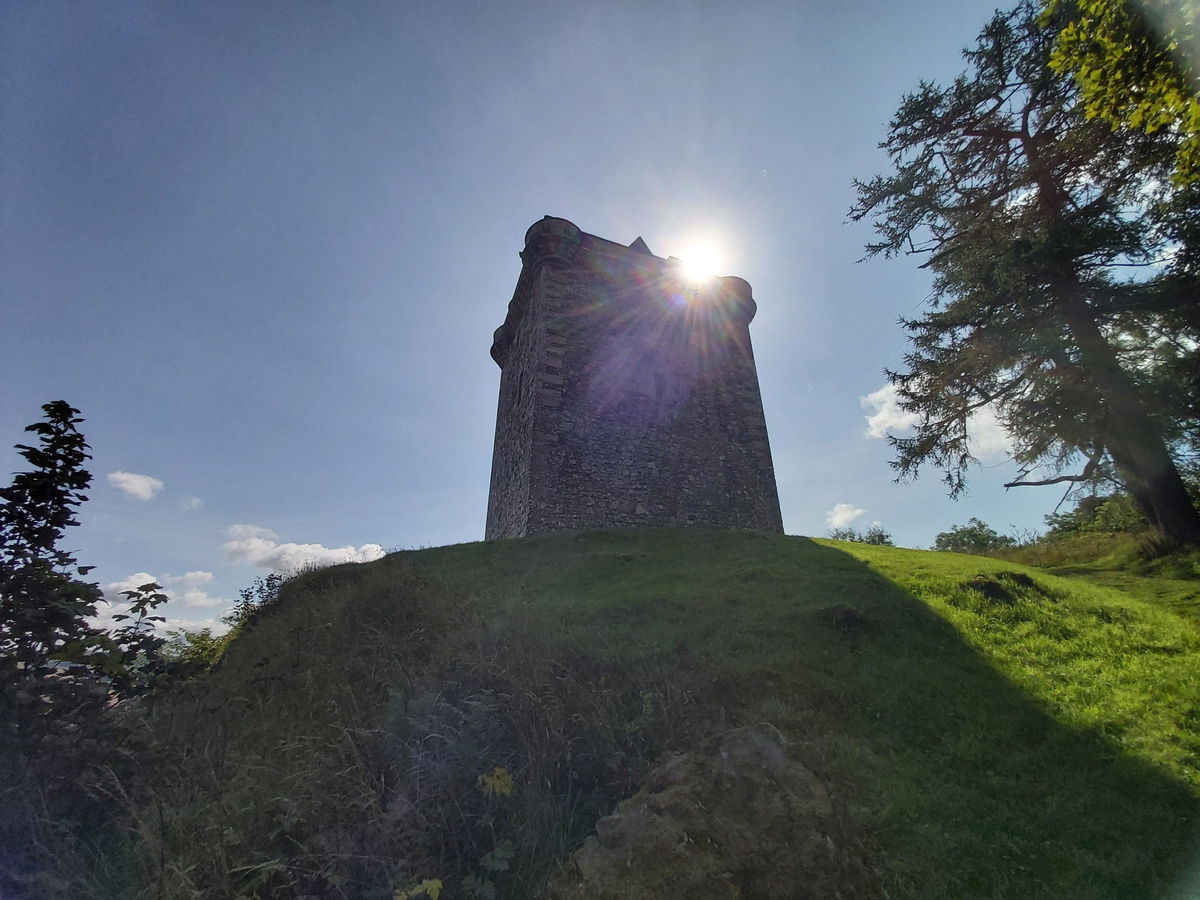
On our journey, we were the wrong side of the River Teviot so had to do a bit of loop to get to the castle, but in doing so, we had amazing views as it peeked through the trees, enticing us as we made our way closer.
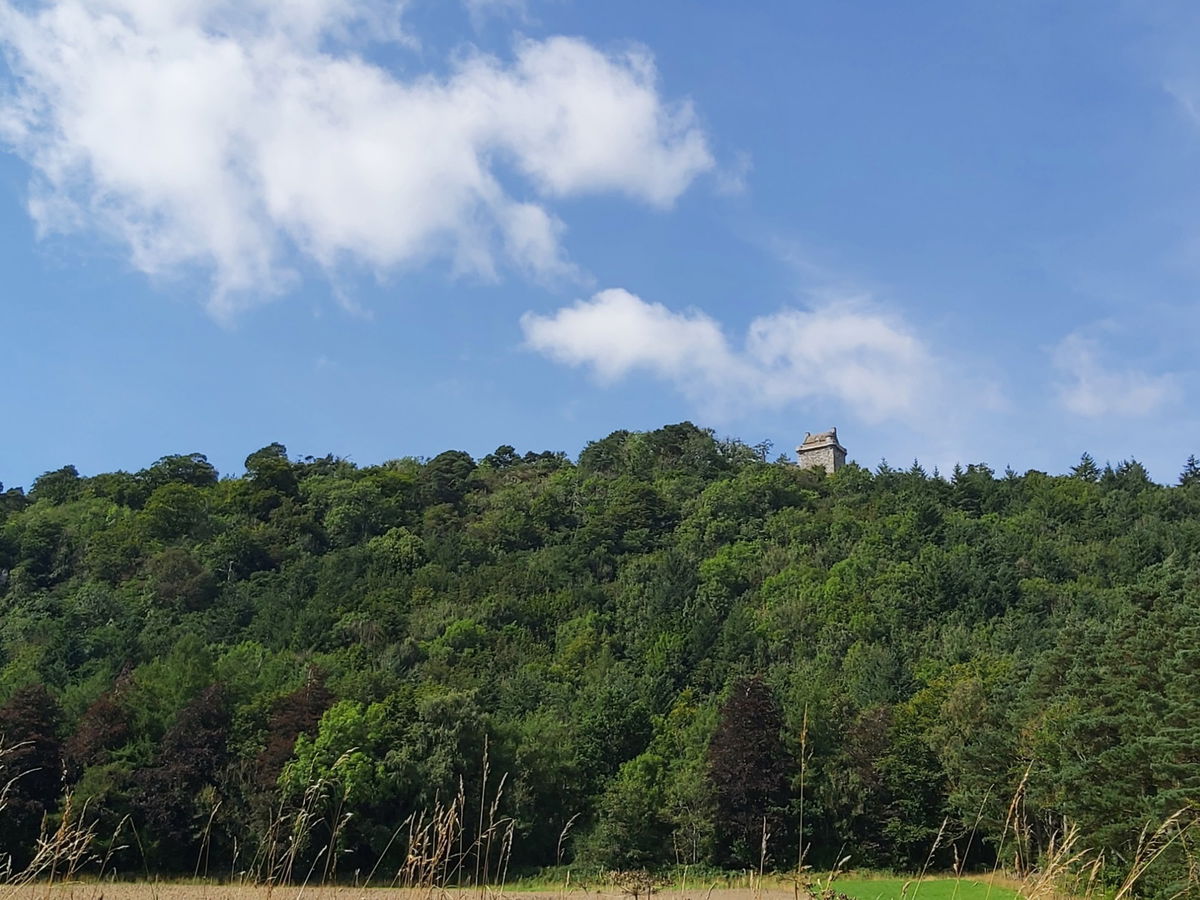
Parking at the base of the hill, there is a winding path taking you all the way to the top, but it's worth it as the castle emerges from the trees opening out on breath-taking views.
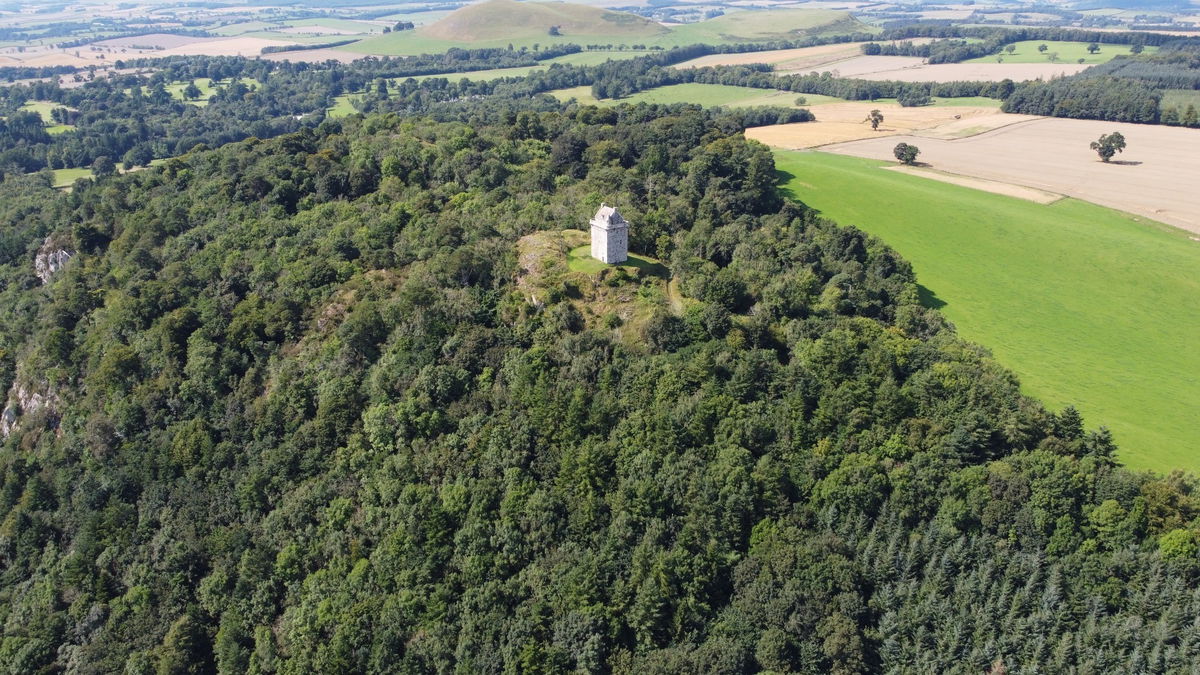
Perched up on Minto Crags in Roxburghshire, this 17m tall tower has gone by many names including Minto Castle, Catslick Castle and Mantoncrake Castle, although we like its current name best.
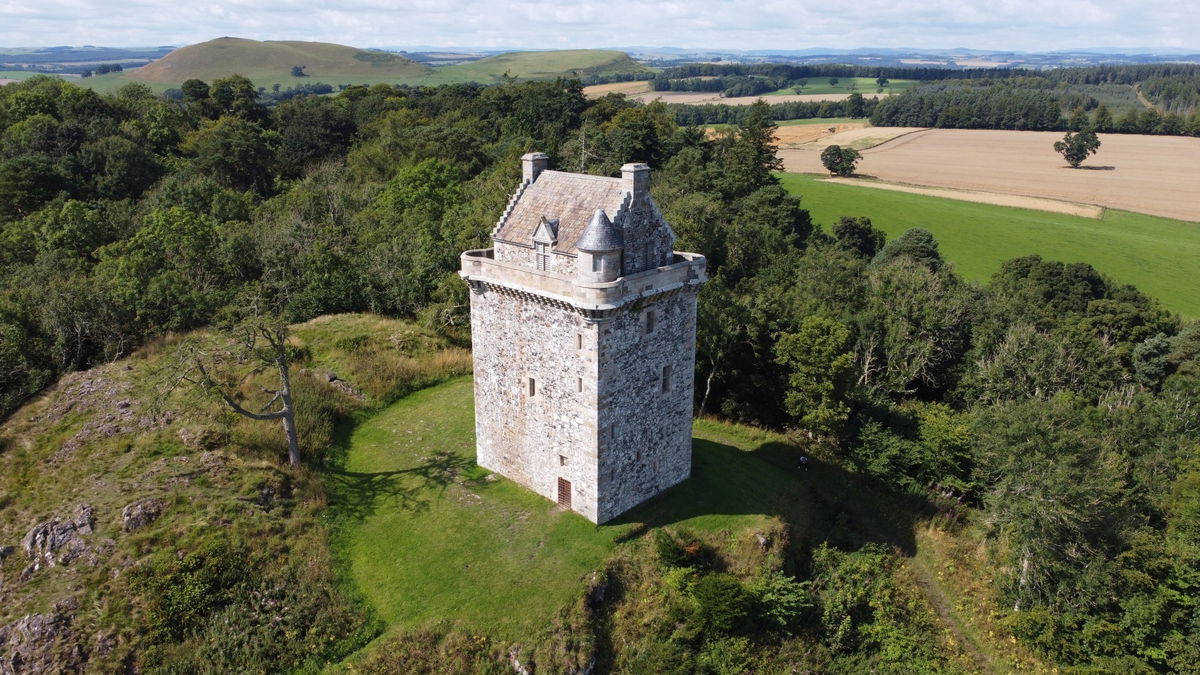
We've written aplenty about the skirmishes taking place along the borders with a lot of the places on the Fabulous North website being fortified against border reivers. Fatlips Castle was the fortress of Turnbull of Barnhill, well known border reivers and was built sometime at the beginning of the 16th century.
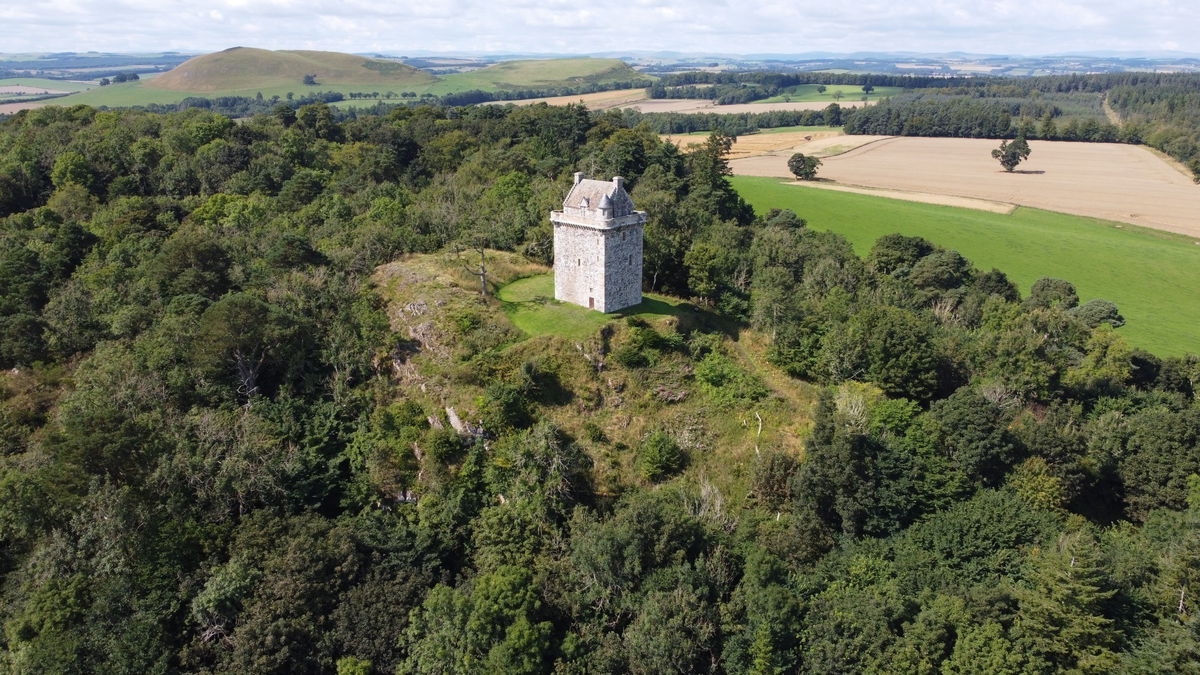
However Lord Hertford destroyed the castle during his pursuit of Mary Queen Of Scots in 1545. He was sent by King Henry VIII as she was betrothed to his son Edward VI.
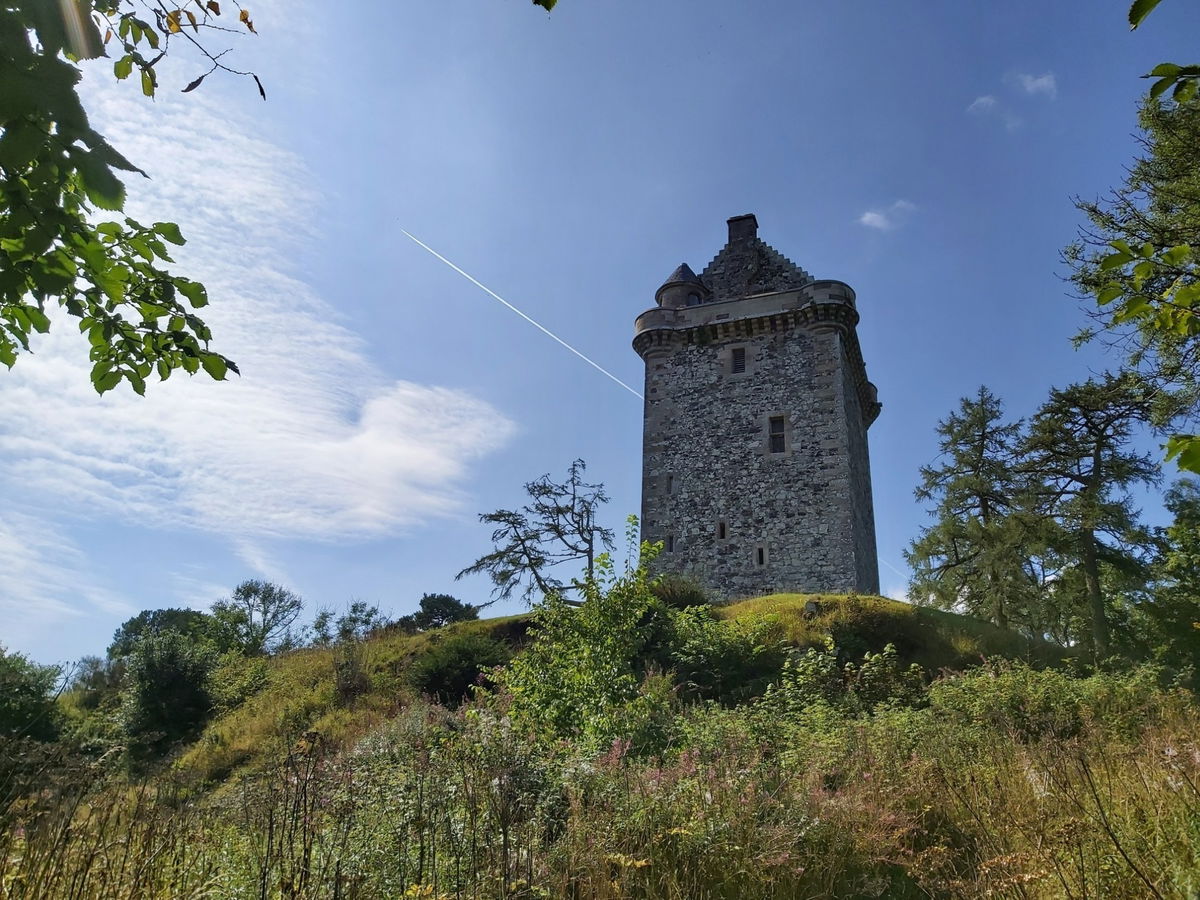
After the Turnbulls had vacated, Sir Gilbert Elliot purchased the castle in 1705 and his family became known as the Earls of Minto. Then 150 years later the castle had a lot of restoration work done by Sir Robert Lorimer with it eventually being used as a private museum and shooting lodge right up until 1960.
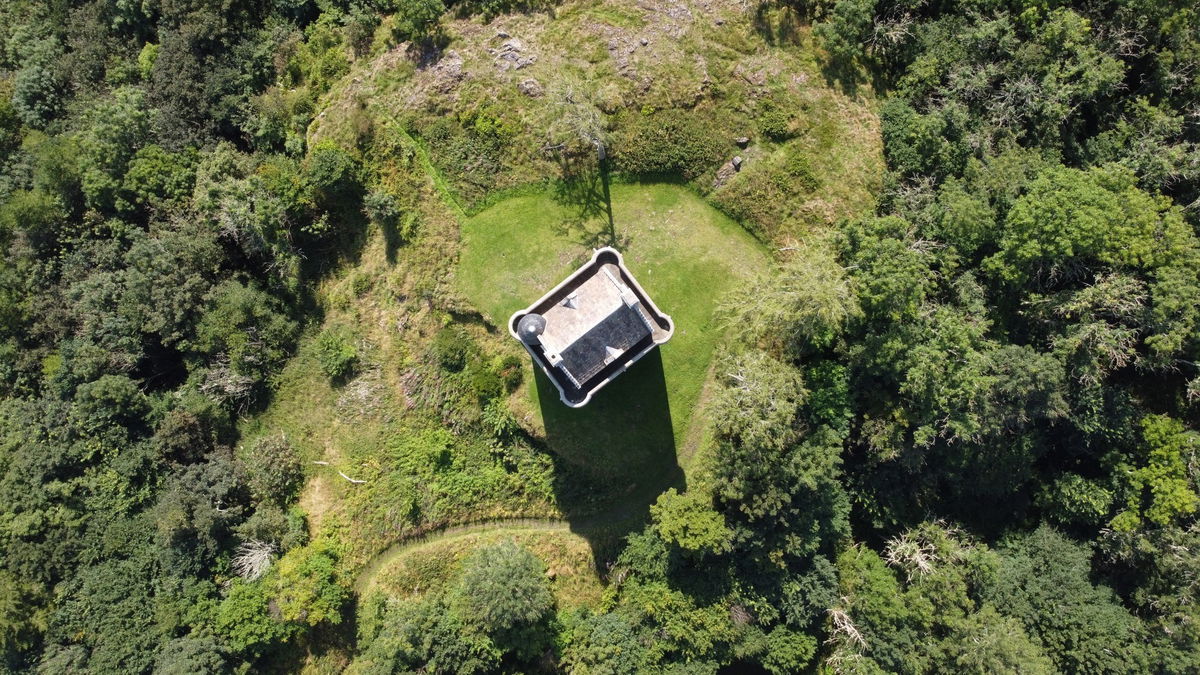
Now I know you have been avidly reading this post looking for why on earth it was named Fatlips and you won't be surprised to hear that there are a number of explanations.
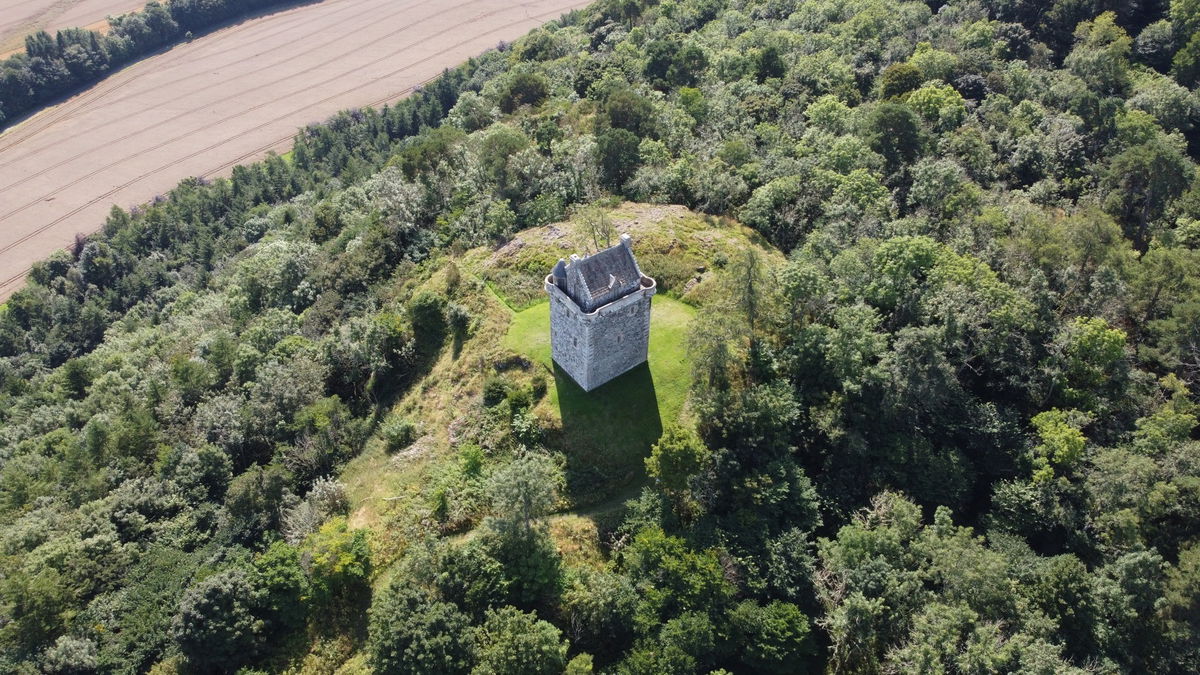
My favourite is that there used to be a castle goat nicknamed Fatlips who would bleat loudly if it saw any approaching English. How it knew the difference in nationality, nobody knows!

A more mysterious explanation is that is was named after a spirit dwelling in Dryburgh Abbey. A hermit woman living in the abbey ruins claimed that “Fatlips stamped the moisture away from the ground where she slept with his heavy iron boot”.
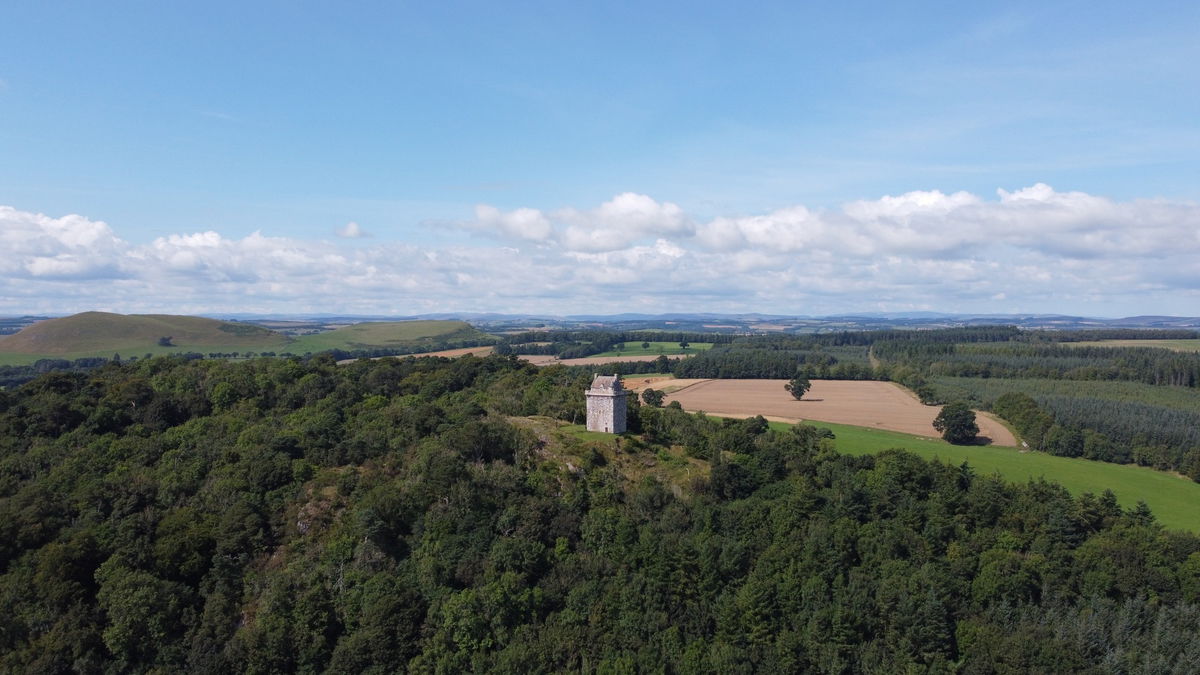
The more common justification is that “Fatlips” was a form of decent greeting where gentlemen would kiss ladies upon entering the castle. Probably named after them puckering up!
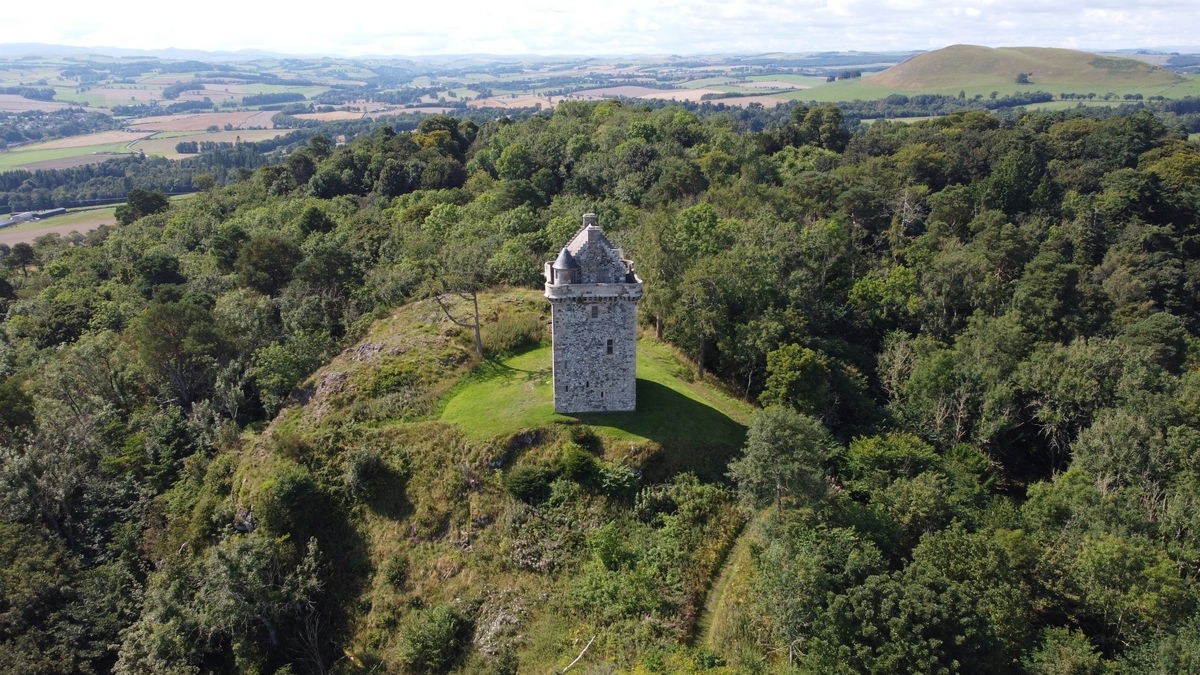
The castle has recently been refurbished and although you can visit it from the outside, it is a private residence, so please be respectful as usual.


There is a clear track to walk through the woods up the hill, but would recommend a sturdy pair of shoes.
Or why not just enjoy a short video from Red5 drone.
Read more about this amazing castle and history at the Fatlips Castle website.
Get 5 points if you have visited this place. Already visited by 9 VIPs.
Login to the VIP area to add places to your bucket list, mark them as visited and more importantly see where you rank on the league table.
How To Find Fatlips Castle
Where To Park For Fatlips Castle?
Lat / Long
55.478506, 55.478506
What three words
We parked on a little side road of the main forest road where there was a verge enough for a couple of cars.
Contributed by Simon Hawkins
Thanks for checking out this place on the Fabulous North! I do enjoy a wander out in to the countryside trying to find hidden gems that not many people know about. You can't beat a rogue pele tower up a remote hill, a mysterious stone circle or a stunning waterfall secluded in a forest.
More Places from Simon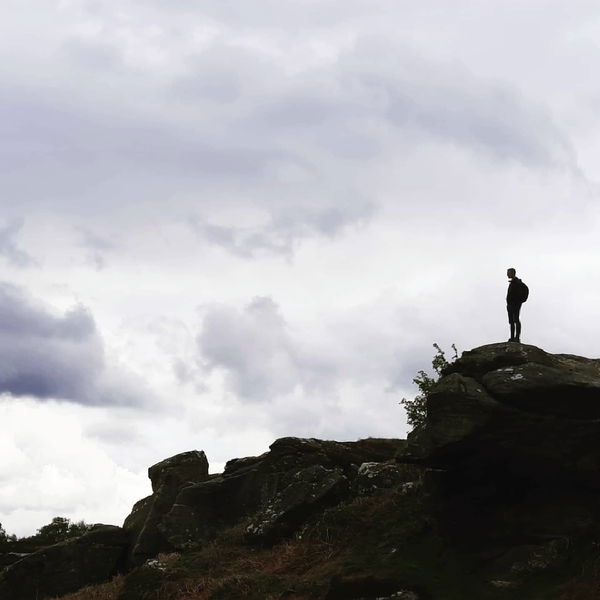
More Places In Jedburgh
Find more fabulous places in Jedburgh, Borders and if you know of a place we haven't listed, then let us know.
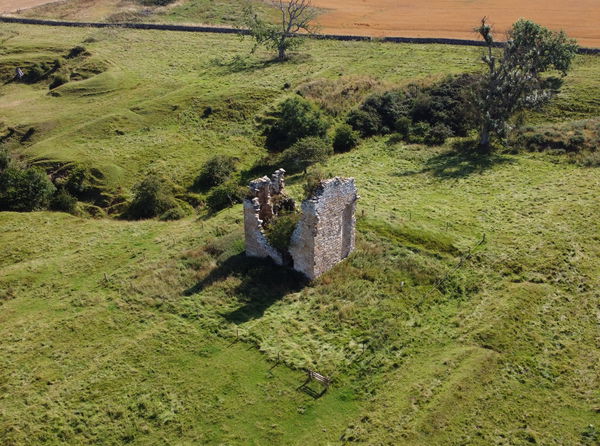
Timpendean Tower
Tower Jedburgh BordersA ruined 15th century tower house near Jedburgh in the Scottish Borders.
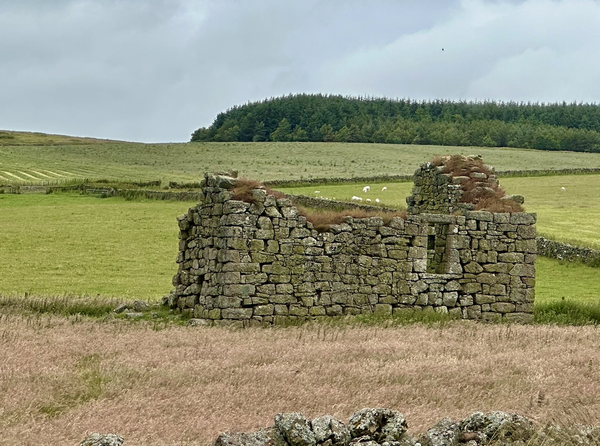
Kilnsike Tower
Bastle Jedburgh BordersA tumble down 16th century pele tower in the Borders, built with the biggest cyclopean stones, and only sheep for neighbours.
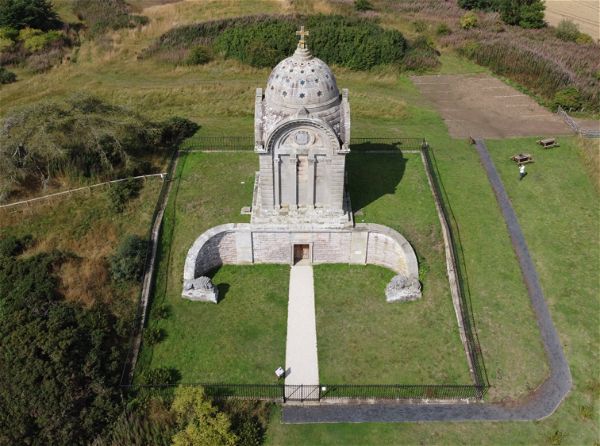
Monteath Mausoleum
Building Jedburgh BordersA spectacular mausoleum for the British soldier Thomas Monteath Douglas.
More Towers
So this tower wasn't enough and you want more? Don't worry we have you covered.

Marmion Tower
Tower Ripon North YorkshireMarmion Tower is a Garde I listed, 15th-century gatehouse in West Tanfield, North Yorkshire.

Pottergate Tower
Tower Alnwick NorthumberlandOriginally part of the town's medieval defences, this tower is now a luxury holiday cottage.
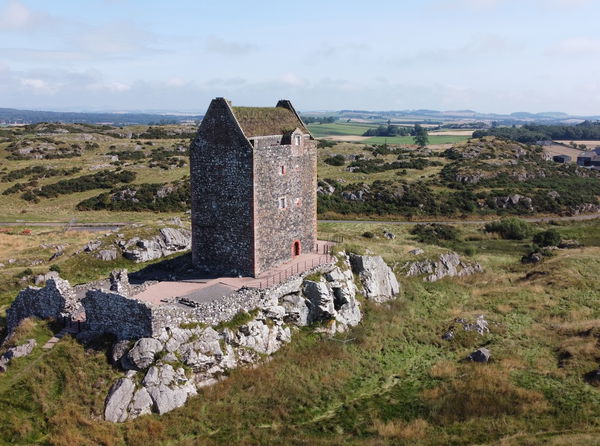
Smailholm Tower
Tower Kelso BordersA beautiful tower sitting atop the crag of Lady Hill near Kelso.
Never Miss A Fabulous Place
If you are afraid of missing out on all the fabulous places we post, or just want to be the first to know, then sign up to the Fabulous North.
Each week we will email you all the brand new places that we visit.
Sign Up To AlertsFind Us On Facebook
We post all our new places daily on our Facebook Groups page, so join the group today and be notified when we add a new place.
Join Our Facebook Group
